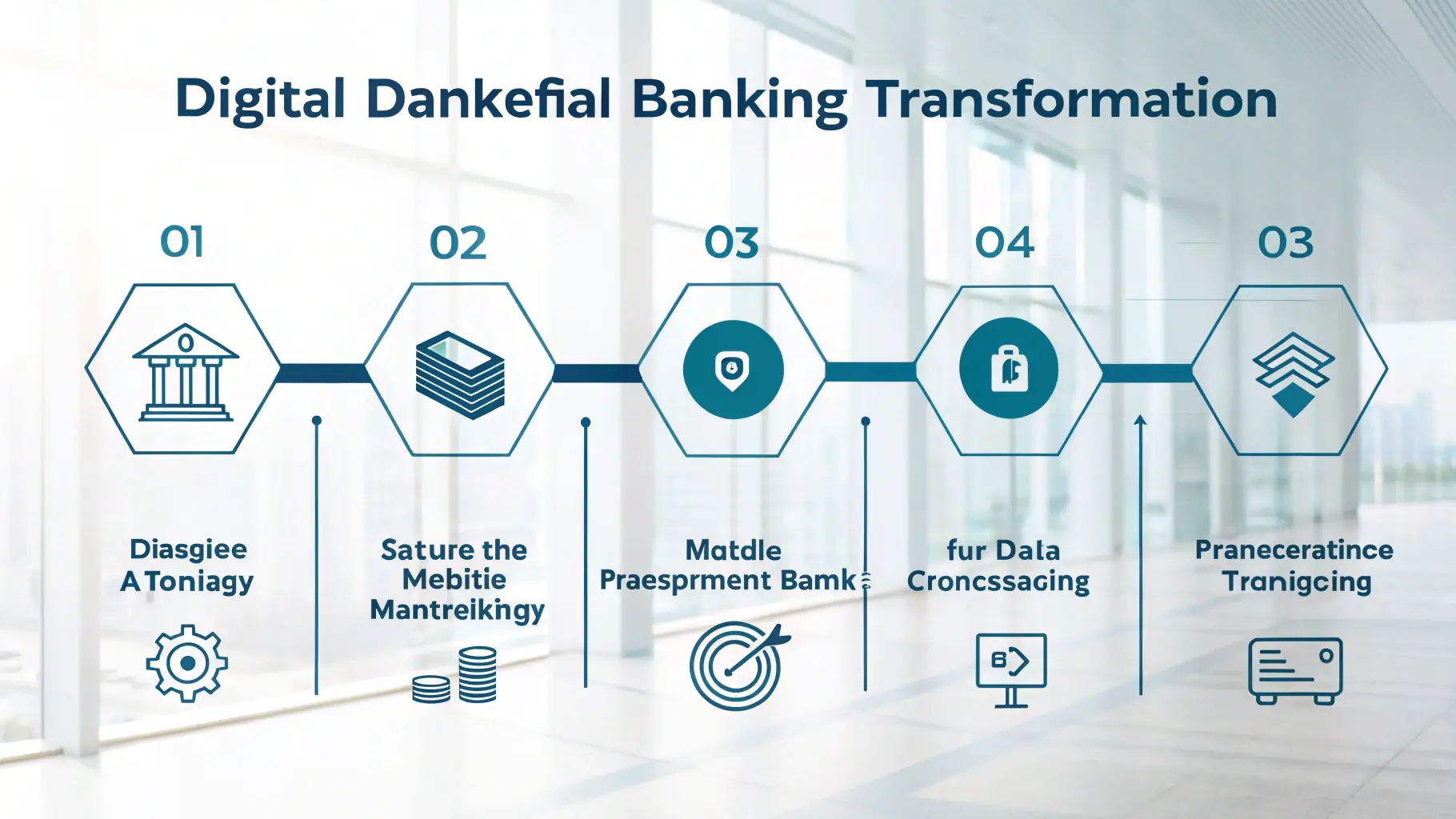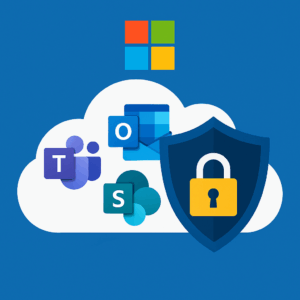Modernizing IT infrastructure is crucial for banks to maintain competitiveness and adapt to evolving technological advancements. This article explores various strategies for modernizing IT infrastructure in the banking sector, focusing on the benefits and challenges of each approach. We’ll discuss the importance of scalability and flexibility in modern infrastructure designs. This is a critical aspect of maintaining a robust security posture. Cloud adoption is a key strategy for modernizing infrastructure. This article will explore the benefits of cloud-based solutions for banks, including scalability, cost-effectiveness, and enhanced security. We’ll also discuss the challenges of migrating existing systems to the cloud and the importance of data security in a cloud environment. This is a critical aspect of maintaining a robust security posture. Implementing automation is another key strategy for modernizing infrastructure. This article will explore the benefits of automating infrastructure management tasks, including provisioning, patching, and monitoring. We’ll also discuss the importance of security automation and the role of AI in automating security tasks. This is a critical aspect of maintaining a robust security posture.
Auditors Keep Finding Breaches in Microsoft 365 Defaults — Here’s How to Fix Them
Microsoft 365 Security Auditors Keep Finding Breaches in Microsoft 365 Defaults — Here’s How to






